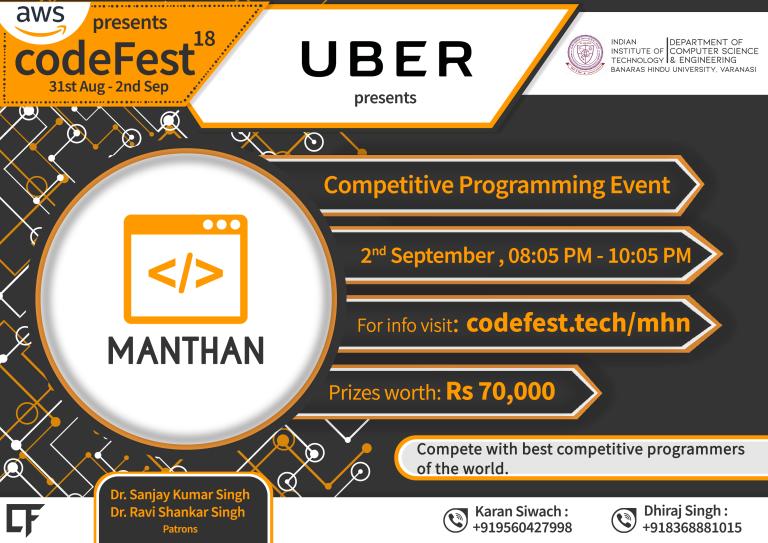Hello, codeforces!
Because after Round #507 sad men in suits visited me in my flat, this time I won't write about any task from the future. Instead, this blog will be about my own trick. I said "my own," but probably some of you have already heard about it or even figured it out, but I've developed it by myself, so I consider it as my own.
In particular, it's GEOMETRY TIME!!!. But please, don't escape already. I also don't like this topic so much, that's why I really like this trick. Let me tell you a story from one onsite Polish contest, which took place a few months ago. I was thinking about one of the problems, and I've figured out that I had to do some binary-search (on doubles) and then check if a set of half-planes has a non-empty intersection. The answer would tell me in which direction should I turn in the binary search.
Firstly, I grabbed my head, because I've never written an intersection of half-planes. I had my acm library with Errichto's codes inside, but my knowledge in usage of his part was limited to copy-pasting FFT and Rho-Pollard. Not only I, but also Swistakk figured out the thing about binary search and was trying to intersect half-planes normally, but he failed (we still aren't sure why, probably because of precision issues). Then, I reminded myself a task from eliminations to BubbleCup 2017 (you can find it here), which I solved with the mentioned trick.










 = 1,000,000. Even if you don't want to do the math, you can observe that the answer is between
= 1,000,000. Even if you don't want to do the math, you can observe that the answer is between  = 1,500,000, the average distance for index
= 1,500,000, the average distance for index  = 750,000, the average distance for index
= 750,000, the average distance for index 
 topmost pieces of paper and fill these orders in total time
topmost pieces of paper and fill these orders in total time 

